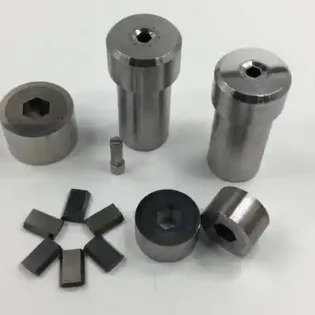Natural minerals
Diamond is the hardest known substance, but there are many minerals that are harder. Graphite is one of these, and it is more durable than diamond. Quartz, however, is even harder. It is formed in volcanic eruptions and has a crystal structure that is tetrahedral. This makes it 18% harder than diamond.
Another natural mineral that is harder than diamond is lonsdaleite. This is made of the fifth and seventh elements of the periodic table and can form crystals in place of carbon. While it is uncommon and softer than diamond, it is still 18% harder than diamond. This mineral is found in volcanic eruptions, and it is used in cutting tools. It can also be used to create corrosion-resistant films for spacecraft.??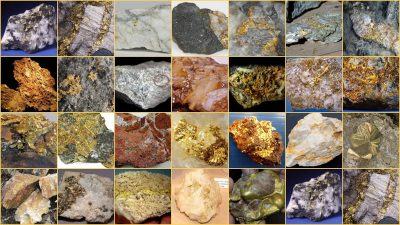
The Mohs hardness scale measures the hardness of minerals. Diamond was once thought to be the hardest substance on earth, but a new discovery has proven otherwise. Several minerals have similar properties to diamond, including talc, gypsum, quartz, and corundum.
Diamond is harder than carbon nanotubes, and is also more resistant to heat and pressure. This is a good thing for those who are looking to make a jewelry piece and save money. Moissanite is much cheaper than diamond jewelry, and it is often used in high-pressure experiments.
The hardness of a material depends on its atomic bonds in its crystal structure. If one material exerts a pressure on another material, the other material can break the bonds between the atoms. The harder the material is, the harder it will be to scratch or cut it. The surface area of the scratch will be left with a furrow or scratch.
Silicon carbide is a natural mineral that occurs in moissanite. Silicon carbide is a chemical mixture of carbon and silicon. Since 1893, this mineral has been mass-produced. The carbon-silicon atoms can be bonded together to form a very hard material. Silicon carbide has useful properties as a semiconductor.
Researchers at North Carolina State University have created a new form of carbon that is harder than diamond. This new form is different from diamond and is 60 percent harder. It is made by heating non-crystalline carbon and rapidly cooling it. Its properties allow it to be used as a coating material on tools.
Synthetic materials
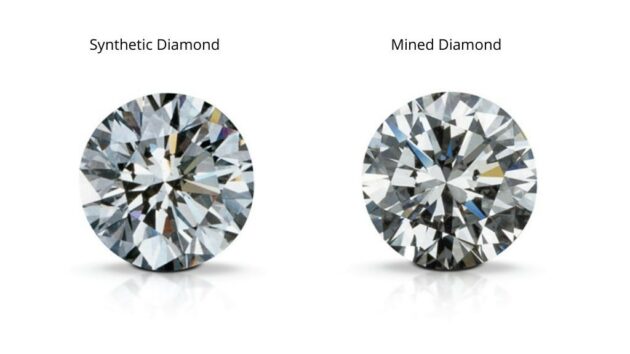
For decades, scientists have dreamed of synthesizing novel materials that are harder than diamond. The usual approach involves creating smaller grains within a material’s microstructure. These grains serve as internal supports and increase the hardness of the material. This technique has previously led to diamonds with grains as small as a few nanometers. However, the new synthetic diamond created by Tian’s group is even harder. It has 58 times the hardness of diamond, and its atomic structure is so fine that it is stable at temperatures up to 1000degC.?Polycrystalline Diamond is also one type of synthetic diamond.
The material is so strong that it can withstand pressures three million times greater than atmospheric pressure. Its hardness has been measured at over 460 GPa and is expected to survive at least one million GPa. It is harder than any other substance on earth, and it is capable of resisting pressures that can cause diamond crystals to give way. The new material is so tough that it could be used to make airplane structures.
Graphene is the strongest man-made material, and is approximately 200 times stronger than diamond. Diamonds, on the other hand, are the strongest natural material and measure 70-150 GPa on the Vickers Hardness Scale. Graphene is a two-dimensional sp2 bonded carbon structure. It is also 15 times stronger than steel. Another type of carbon structure is called carbyne, which is twice as strong as graphene.
Researchers at the North Carolina State University have created a new type of carbon that is hard and unique from previous allotropes. The material, known as Q-carbon, contains micron-sized diamonds and was made by heating non-crystalline carbon with a high-powered laser pulse. The scientists then used a rapid cooling process to cool it down.
The search for ultra-hard crystals is continuing, with several promising candidates being identified. Boron nitride, for example, was reported to be harder than diamond in a study by Yongjun Tian in 2006. While Tian’s study was critically criticized for its experimental details, the results indicate that this material is about 18% harder than diamond.
Glass
Scientists have created a new kind of glass that is as hard as a diamond. It was produced through a rigorous manufacturing process, but its unique chemical structure also makes it much sturdier than most other materials. Researchers hope to use this new material to create stronger solar panels, more durable semiconductors, and other products that clean up our energy infrastructure.
Scientists have created a new type of glass that is nearly as hard as diamond and has the highest thermal conductivity. Their findings have been published in the journal Nature. The material is comprised of carbon that has been bonded together with atoms and molecules. These bonds result in its unique physical properties, which include the hardness and thermal conductivity.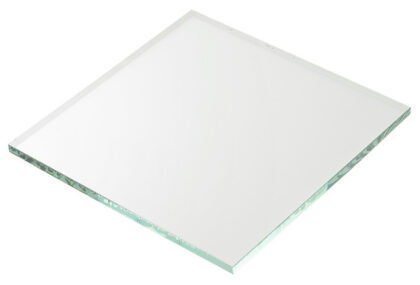
Though glass is associated with fragility, researchers in China have discovered that this material is harder than diamond. They found that this new type of glass is so hard that it can scratch a diamond. Because it is so hard, this new material is particularly useful for solar panels. Until now, glass was believed to be the hardest material in the universe, but scientists have yet to discover an equivalent material that is as hard or even harder.
Scientists at Yanshan University recently created a new type of glass that has similar physical properties to diamond, but is even harder. The new material, called AM-III, is made of carbon atoms in a peculiar tetrahedral arrangement. It has exceptional mechanical and electronic properties, and scientists expect to use it in high-tech products in the near future. It is also a semiconductor, which means it can transfer electrical current.
In the early 1800s, Frederich Mohs developed a system to rank the hardness of 10 readily available minerals from softest to hardest. The hardest is diamond, at 10. Other materials range from talc to quartz. Glass is between six and seven on the Mohs scale, depending on its composition and manufacturing process.
Researchers have discovered a micro-alloy glass that is harder than diamond and steel. It is more resistant than both of these materials, and has the highest hardness among carbon-free materials.
High-performance polythene
The search for ultra-hard materials continues, and nanomaterials are emerging as promising candidates. A recent study by Zicheng Pan and his team found that a material composed of boron nitride atoms is 58 per cent harder than diamond. While the details of the study have been criticized, it is clear that understanding the mechanism behind hardness is an important part of the quest for a hard material.
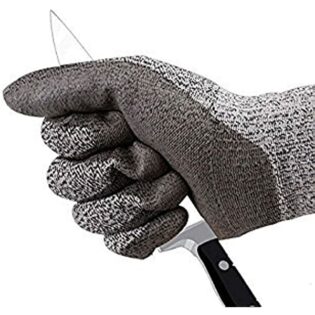
Hardness is a function of the number of dislocations per unit volume. A diamond’s hardness is governed by the behavior of its shuffle-set 0deg perfect dislocations. Using MD simulations, scientists calculated the hardness of a bulk diamond.
Recent molecular dynamics simulations of nt-diamond showed that this material exhibits a high lattice frictional stress due to strong sp-3 C-C bonding and a high athermal stress due to the Hall-Petch effect. To make nt-diamond even harder, scientists introduce more TBs. In this way, they create intersectional nanotwinned diamond.
High-performance polymers can withstand much more stress than diamonds, and they can be used in a wide range of applications, including advanced electronics, cars, and medical devices. A new method developed by scientists at the Moscow Institute of Technology shows how these polymers can be used to make ultrahard materials.
Another way to increase the strength of high-performance polymers is to reduce their thickness. This is a better way to make them harder. It allows the manufacturer to cut the thickness of the material without reducing the overall strength of the material. This allows manufacturers to make better products.
